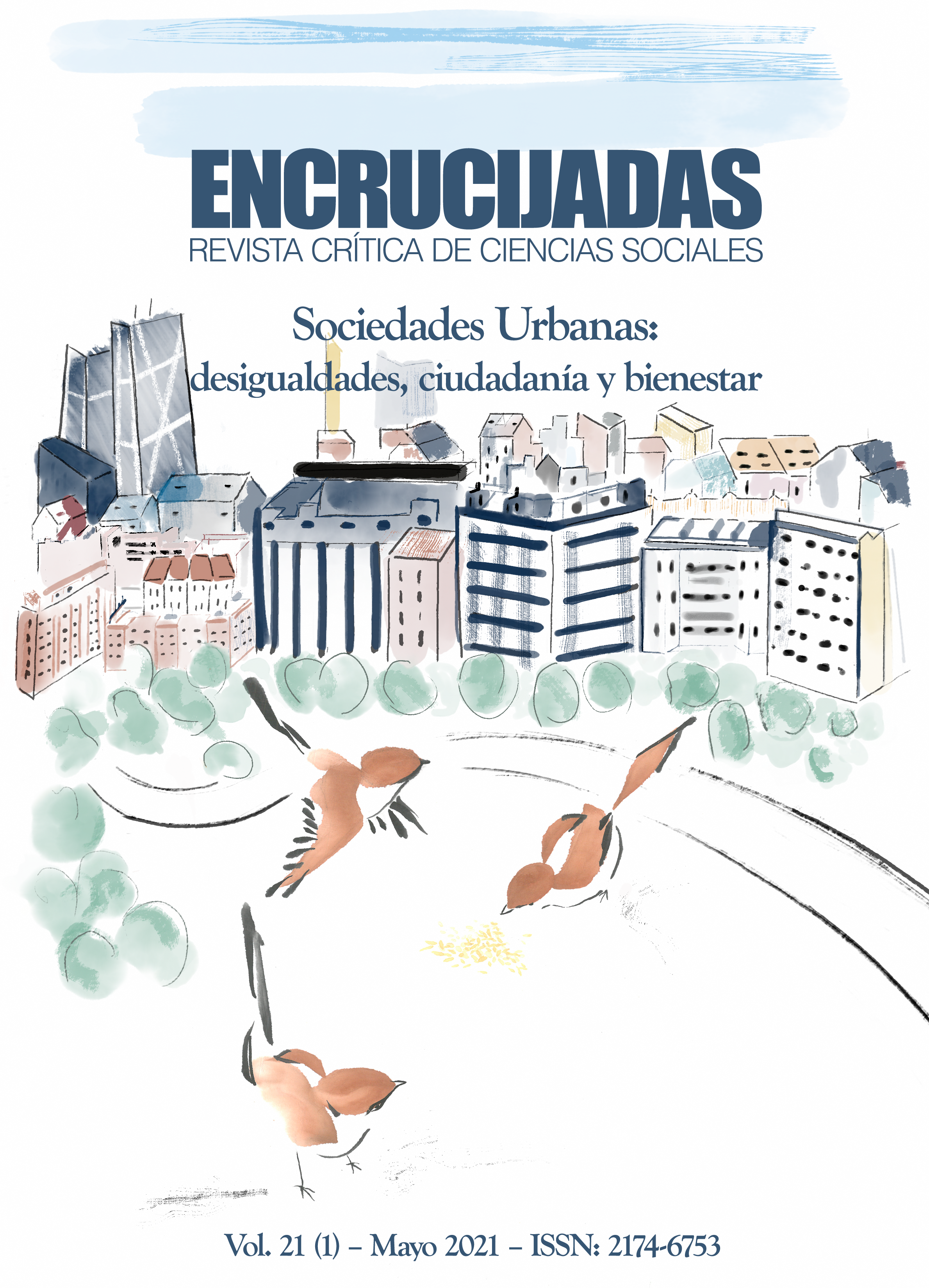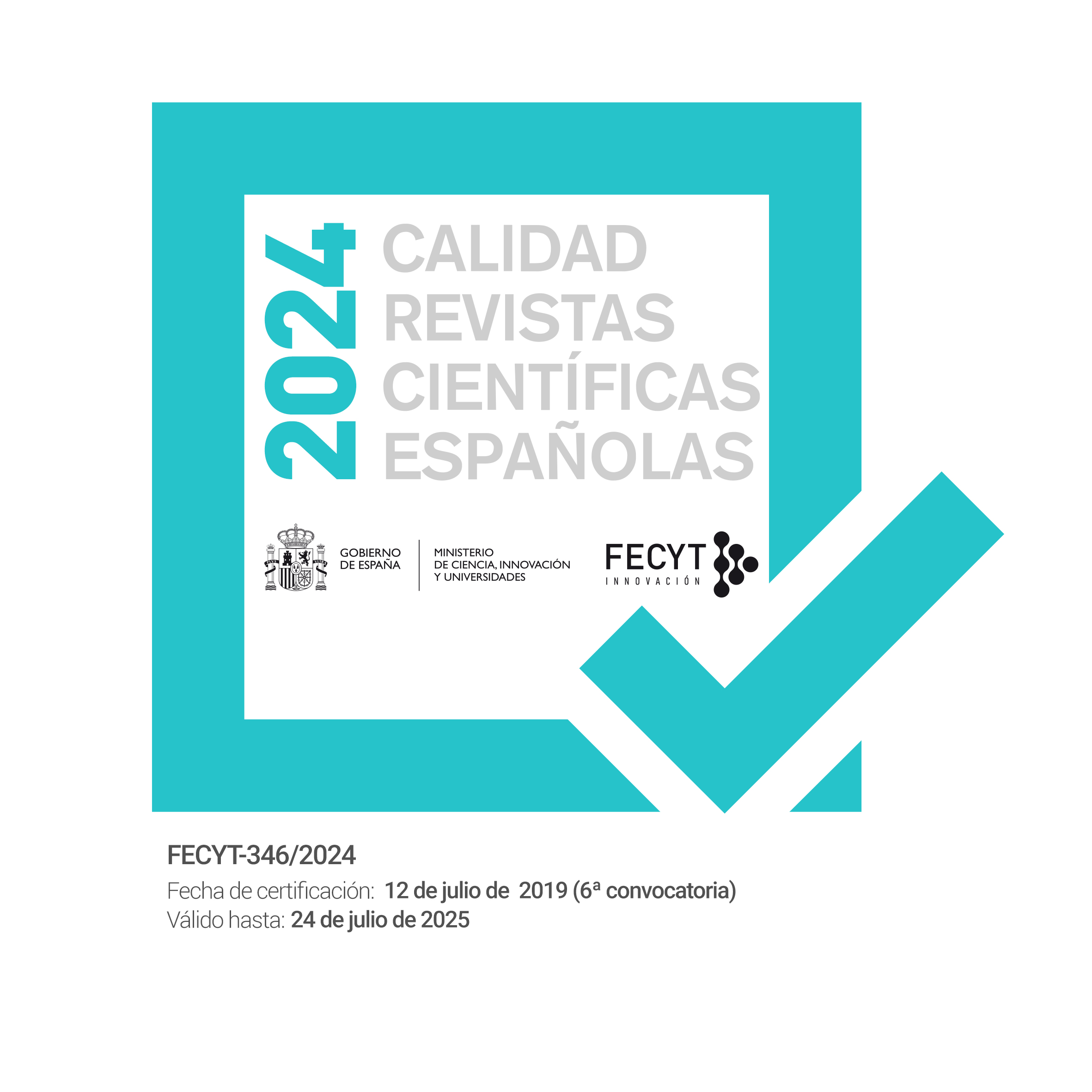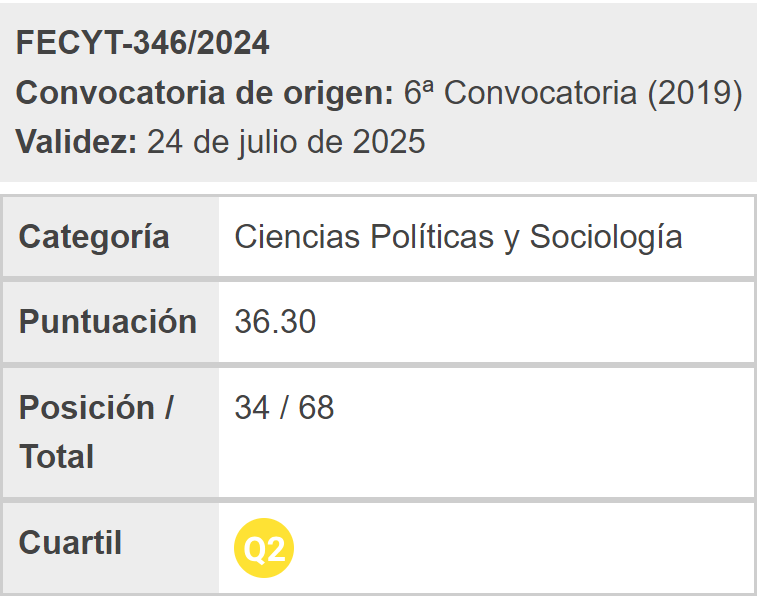Geopolítica y volumetría: reestructuración urbana y gobernabilidad neoliberal. Apuntes para una aproximación teórica y metodológica para el estudio de la Ciudad de México
Palabras clave:
Geopolítica de la volumetría, gobierno urbano-neoliberal, segmentaciones territoriales, articulaciones infraestructuralesResumen
En este artículo analizamos la transformación en la praxis del gobierno urbano a partir de la consolidación del neoliberalismo. Para ello, retomamos la discusión sobre la verticalidad y la volumetría como referentes teórico-metodológicos que permiten dilucidar una forma de producción del espacio urbano que trasciende el enfoque de análisis tradicional, centrado en la dimensión horizontal, la representación en el plano y el área como medida de aseguramiento y control, para inaugurar nuevas praxis y concepciones que integran y producen un espacio tridimensional, altamente fragmentado, con fuertes segmentaciones territoriales que definen formas jerarquizadas de articulación y regulación de los procesos de reproducción urbana, y con ello, toda una nueva forma de gobierno urbano-neoliberal que se apoya tanto en las fragmentaciones como en desarrollos infraestructurales complejos para poder ejercerse con relativa eficacia. En el caso de la Ciudad de México, observamos en las últimas tres décadas una producción de espacio volumétrico destinada a interconectar las nuevas centralidades dispersas –entre sí y con aquellas producidas en la etapa desarrollista– a partir de articulaciones infraestructurales que al mismo tiempo fungen como tecnologías de administración y gobierno de espacialidades y sujetos en condición de subalternidad. A ello hemos denominado: geopolítica de la volumetría urbana.
Descargas
Descargas
Publicado
Cómo citar
Número
Sección
Licencia
Derechos de autor 2021 Encrucijadas. Revista Crítica de Ciencias Sociales

Esta obra está bajo una licencia internacional Creative Commons Atribución-NoComercial-SinDerivadas 4.0.
Los autores/as conservan los derechos de autor y ceden a la revista el derecho de la primera publicación, con el trabajo registrado con la licencia de atribución de Creative Commons Reconocimiento-NoComercial (CC-BY 4.0), que permite a terceros utilizar lo publicado siempre que mencionen la autoría del trabajo y a la primera publicación en esta revista. Encrucijadas permite y se anima a todas las personas autoras a depositar la versión final publicada en repositorios institucionales o temáticos de acceso abierto, cumpliendo en caso necesario los términos establecidos por la entidad financiadora de la investigación.




